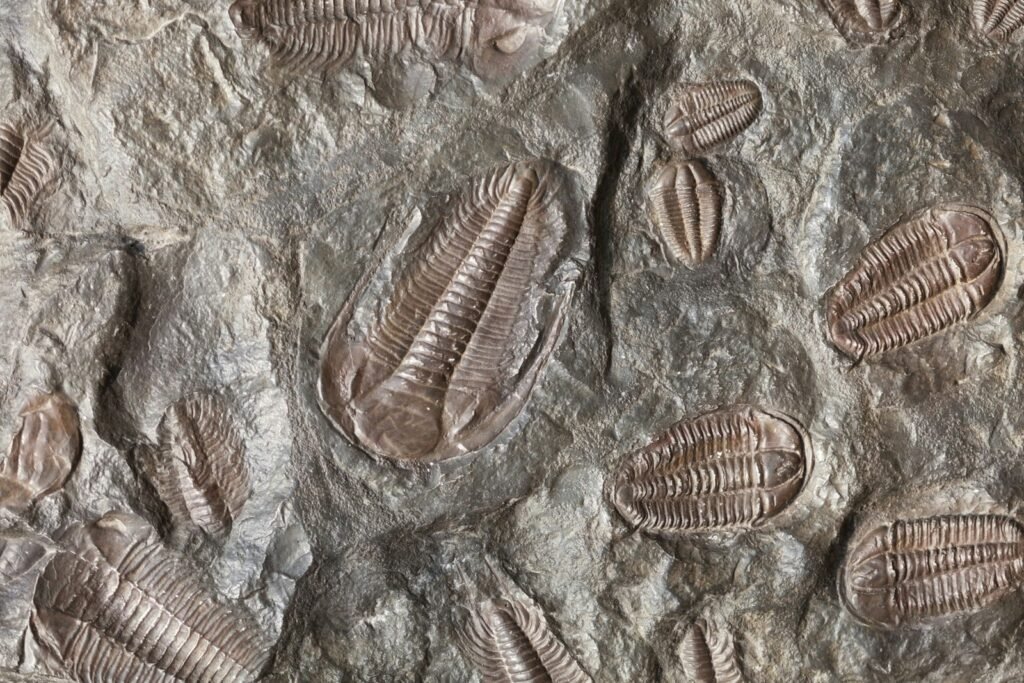Imagine standing in the haunting silence of the Salisbury Plain, the stones of Stonehenge casting long shadows at dawn. But what if the real secrets of this mysterious monument aren’t in the stones themselves, but scattered beneath your feet—hidden in ancient animal bones, fragments of teeth, and charred remains? For decades, archaeologists have asked: were these animal remnants the leftovers of feasts, signs of sacred rituals, or merely the garbage of a long-lost people? The answers are more surprising—and more human—than you might think.
The Unearthing of Stonehenge’s Animal Remains
It all began with the astonishing discovery of thousands of animal bones buried around Stonehenge. Excavations over the past century have uncovered everything from cattle jaws to pig skulls, scattered across the site and its surrounding earthworks. These findings gave researchers a tantalizing glimpse into the daily life and extraordinary events that took place here. Many of the bones are broken, charred, or show cut marks, suggesting they were processed for food or possibly used in rituals. The sheer quantity of remains has pushed archaeologists to ask not just what was eaten, but why these specific animals ended up at Stonehenge in the first place. Each bone tells a story—sometimes of feasting, sometimes of sacrifice, always of people coming together.
Cattle, Pigs, and Sheep: The Main Animal Players
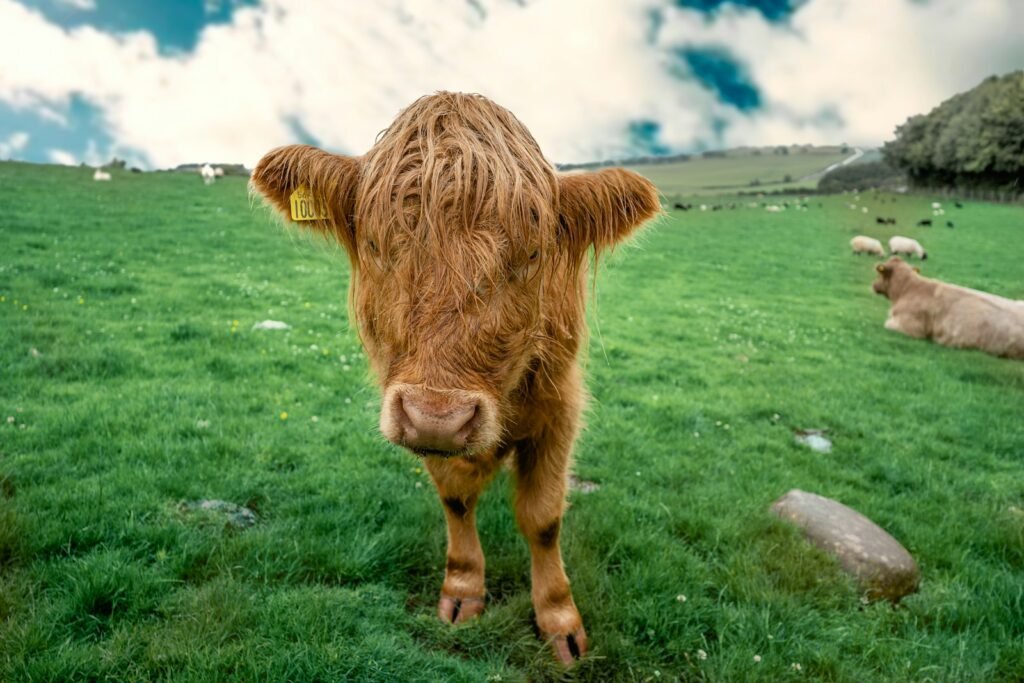
When scientists sifted through the piles of ancient remains, they found three animals dominated: cattle, pigs, and sheep. Cattle bones are particularly common, some from animals weighing as much as modern-day bison. Pigs come next, and their remains are often found burned, hinting at roasting over open fires. Sheep and goats, though less abundant, also play a role in the story. The choice of animals wasn’t random—each species had different cultural and practical values. Cattle, for example, were status symbols and could feed large gatherings, while pigs were easier to transport and probably brought from far-off places. This animal trio paints a vivid picture of communal meals, shared traditions, and perhaps even social competition.
Signs of Ritual: Bones Beyond the Ordinary
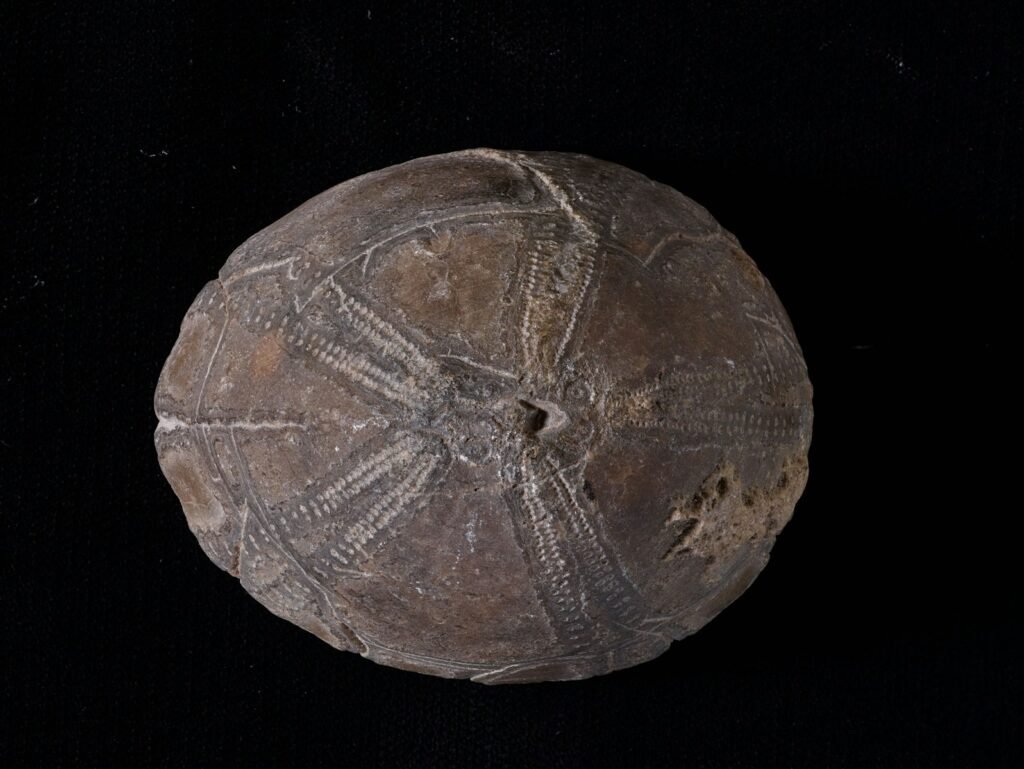
Some animal remains at Stonehenge simply don’t fit the pattern of regular meals. Bones were sometimes placed deliberately in pits, under stones, or arranged in curious ways. In a few cases, complete animal skulls were buried as if they held a special meaning. Archaeologists have found evidence of selective butchery, where certain body parts—like tongues or horns—were removed, possibly as offerings to the gods or ancestors. These practices suggest that at least some animals were sacrificed in rituals, their remains serving as tokens of respect, devotion, or even magic. The line between sacred and mundane blurs here, inviting us to imagine the emotional intensity of these ancient ceremonies.
The Feast Phenomenon: Massive Gatherings at Stonehenge
Stonehenge wasn’t just a quiet monument—it was the site of enormous feasts. The sheer volume of animal bones, sometimes from hundreds of creatures at once, points to gatherings that must have been awe-inspiring. Picture fires blazing, pots bubbling, and people from distant lands mingling under the open sky. Scientific analysis of the bones reveals that animals were slaughtered en masse, sometimes at seasonal festivals like midwinter or midsummer. The scale of these events would have created a powerful sense of community and belonging, as well as competition and display. Feasts at Stonehenge were more than meals—they were social glue, binding people together through food and celebration.
Butchery Marks: Clues in the Cut Bones
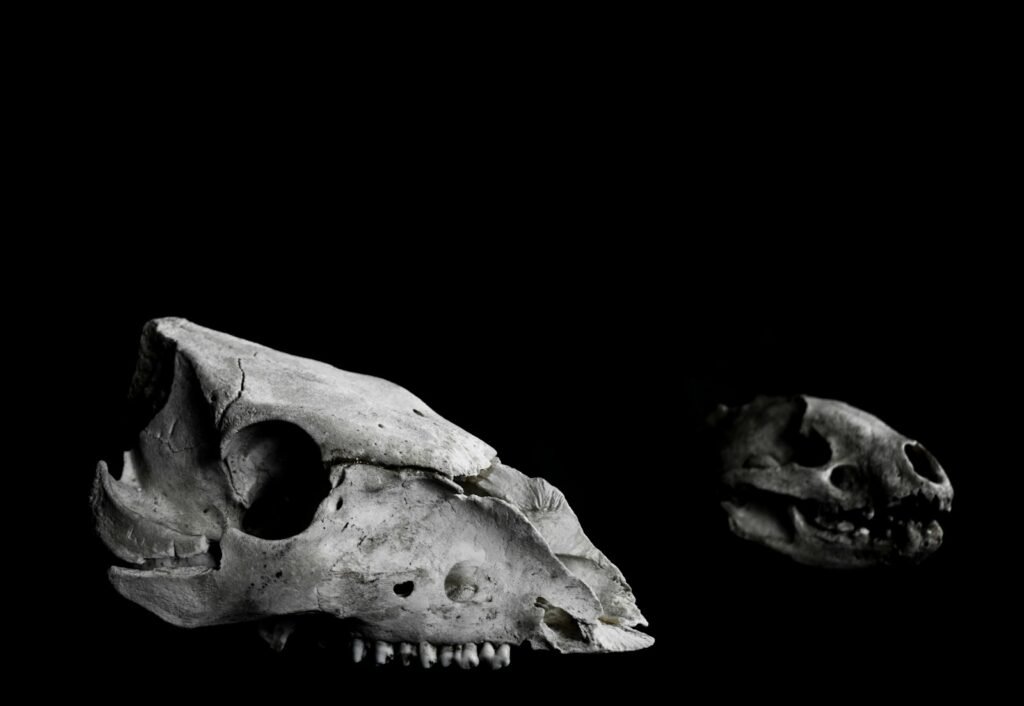
One of the most telling signs comes from the bones themselves. Many are marked with deep cuts, chops, and breaks, showing they were expertly butchered. Scientists have mapped these marks, revealing patterns that match traditional methods of dividing up meat for sharing. Some bones were split to extract marrow, a prized delicacy, while others show signs of roasting or boiling. These marks are like fingerprints, connecting us to the hands that carved, cooked, and ate these animals thousands of years ago. The evidence suggests a careful, communal process—everyone got a share, and nothing went to waste.
Trash or Treasure? The Role of Middens
Not all animal remains at Stonehenge were treated with reverence. Archaeologists discovered large dumps known as “middens,” where bones, pottery, and other debris piled up over time. At first glance, these look like ancient trash heaps—leftovers from meals tossed aside. But middens hold clues to ancient habits: what people ate, how they organized their gatherings, and even their attitudes toward waste. In some cultures, middens were considered sacred, almost like time capsules of communal life. The middens of Stonehenge walk the line between refuse and ritual, challenging us to rethink what ancient people valued—and what they let go.
Origins of the Animals: Local or Long-Distance?
Recent breakthroughs in isotopic analysis have allowed scientists to trace where Stonehenge’s animals came from. By examining chemical signatures in teeth and bones, researchers discovered that many of the cattle and pigs were not local—they traveled from as far as Wales or the Scottish Highlands. Transporting live animals over such distances would have been a remarkable feat, requiring planning, cooperation, and determination. This suggests that gatherings at Stonehenge were not just local affairs, but drew people (and their animals) from across Britain. The site was a magnet for distant communities, uniting them in shared purpose.
Seasonal Feasts: Timing and Tradition
The timing of animal slaughter provides another window into the lives of Stonehenge’s builders. Many of the bones come from animals killed in winter, often around the solstices. This seasonal pattern fits with ancient traditions of marking midwinter and midsummer with festivals, feasting, and rituals. These gatherings would have helped people cope with the harshness of winter, fostered alliances, and reaffirmed social ties. The solstice connection also links the animal remains directly to Stonehenge’s famous astronomical alignments, hinting at a deep bond between the cycles of the sky and the rhythms of daily life.
Cooking Methods: Roasting, Boiling, and Baking
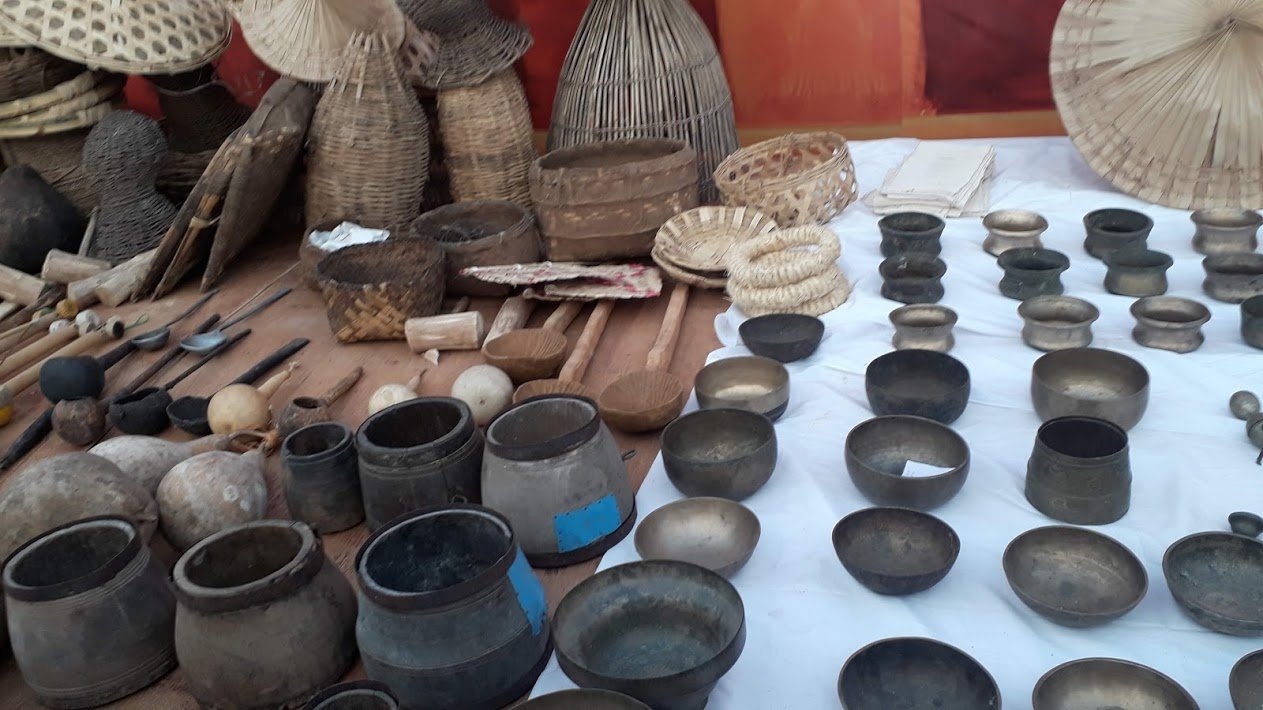
How did Stonehenge’s visitors cook their food? The evidence is all in the bones. Burn marks and cracked surfaces show that roasting over open fires was common, especially for pigs. Large pits and ceramic pots suggest boiling and stewing, perfect for tough cuts or communal soups. In some cases, archaeologists found “pot-boilers”—stones heated in the fire and then dropped into pots to bring water to the boil. These methods show resourcefulness and adaptability, as people made the most of what they had to create nourishing, shareable meals. Cooking was both necessity and celebration—a sensory experience that brought people together.
Symbolic Meanings: Beyond the Dinner Table
To the people of Stonehenge, animals were more than just food. Cattle, for example, symbolized wealth and power, while pigs may have represented fertility or abundance. The act of sharing meat could reinforce alliances, express gratitude, or mark important life events. In some cases, the choice of animal or even the way it was cooked may have carried hidden meanings, understood only by those present. The bones themselves, buried or displayed, became symbols in their own right—reminders of past gatherings and hopes for the future. Every feast had its deeper side, woven into the fabric of belief.
Animal Bones in Ritual Pits
Some of the most intriguing finds at Stonehenge are animal bones laid carefully in pits or ditches. These were often arranged with other objects—antler picks, pottery shards, or even human remains—creating small, mysterious shrines. The reasons for these deposits are still debated. Were they offerings to the spirits of the land? Gifts to ancestors? Or perhaps markers of important events in the construction of the monument itself? Whatever the answer, these ritual pits show a culture deeply connected to its environment and eager to communicate with forces beyond the everyday world.
Evidence of Sharing and Community
When large animals like cattle were slaughtered, the meat had to be shared. Cut marks and bone distribution show that people divided the spoils fairly, giving everyone a piece. This wasn’t just about feeding the crowd—it was a way of building trust, forming alliances, and reinforcing social bonds. Feasts at Stonehenge were opportunities to settle disputes, arrange marriages, or make decisions for the coming year. The act of eating together created a sense of belonging, turning strangers into friends and rivals into allies, all under the watchful gaze of the stones.
The Mystery of Missing Bones
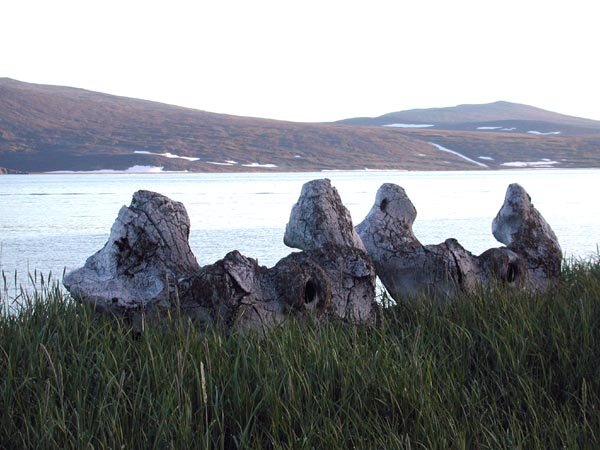
Strangely, some types of bones are almost absent from the site. For example, very few bird or fish remains have been found, even though these were common food sources elsewhere. This absence could be accidental, but it might also reflect deliberate choices—perhaps only certain animals were considered appropriate for feasts or rituals at Stonehenge. The missing bones are a silent clue, hinting at cultural taboos, religious rules, or simply preferences that shaped the prehistoric menu. Their absence speaks as loudly as the bones that remain.
Animal Transport: The Logistics of Prehistoric Britain
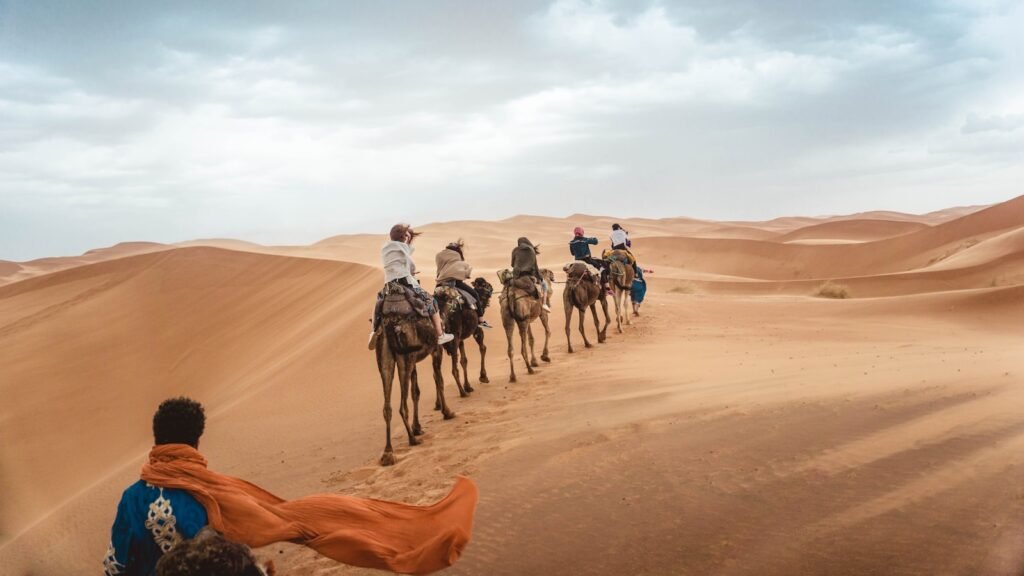
Moving large animals over long distances was no small feat in the Neolithic era. Without wheeled carts or paved roads, people had to herd cattle and pigs on foot, navigating rivers, forests, and hills. This journey could take weeks, involving coordination between different communities and careful planning. The fact that so many animals made it to Stonehenge speaks to the determination and organizational skill of its builders. Animal transport was a logistical challenge, but also an act of devotion—a pilgrimage with living cargo.
Human and Animal Connections
The bond between people and animals at Stonehenge went beyond utility. Some cattle bore signs of old injuries or careful healing, suggesting they were valued and cared for before their final journey. Pigs may have been fattened specially for the occasion, groomed and pampered like modern show animals. These connections remind us that the animals at Stonehenge were not just meat—they were partners in a shared story, honored and remembered long after the feasts ended. This relationship deepens our understanding of what it meant to live, gather, and celebrate in prehistoric Britain.
Comparisons to Other Prehistoric Sites
Stonehenge isn’t alone in its animal mysteries. Similar feasting and ritual practices have been found at sites like Durrington Walls, Avebury, and even in mainland Europe. The patterns of animal remains—large gatherings, selective butchery, and ritual deposits—suggest a widespread tradition of communal feasting and ceremony. Yet Stonehenge stands out for its scale and complexity, drawing together diverse peoples and animals for unique events. By comparing sites, researchers can piece together the broader cultural landscape of Neolithic Britain, revealing shared beliefs and regional differences.
The Role of Archaeological Science
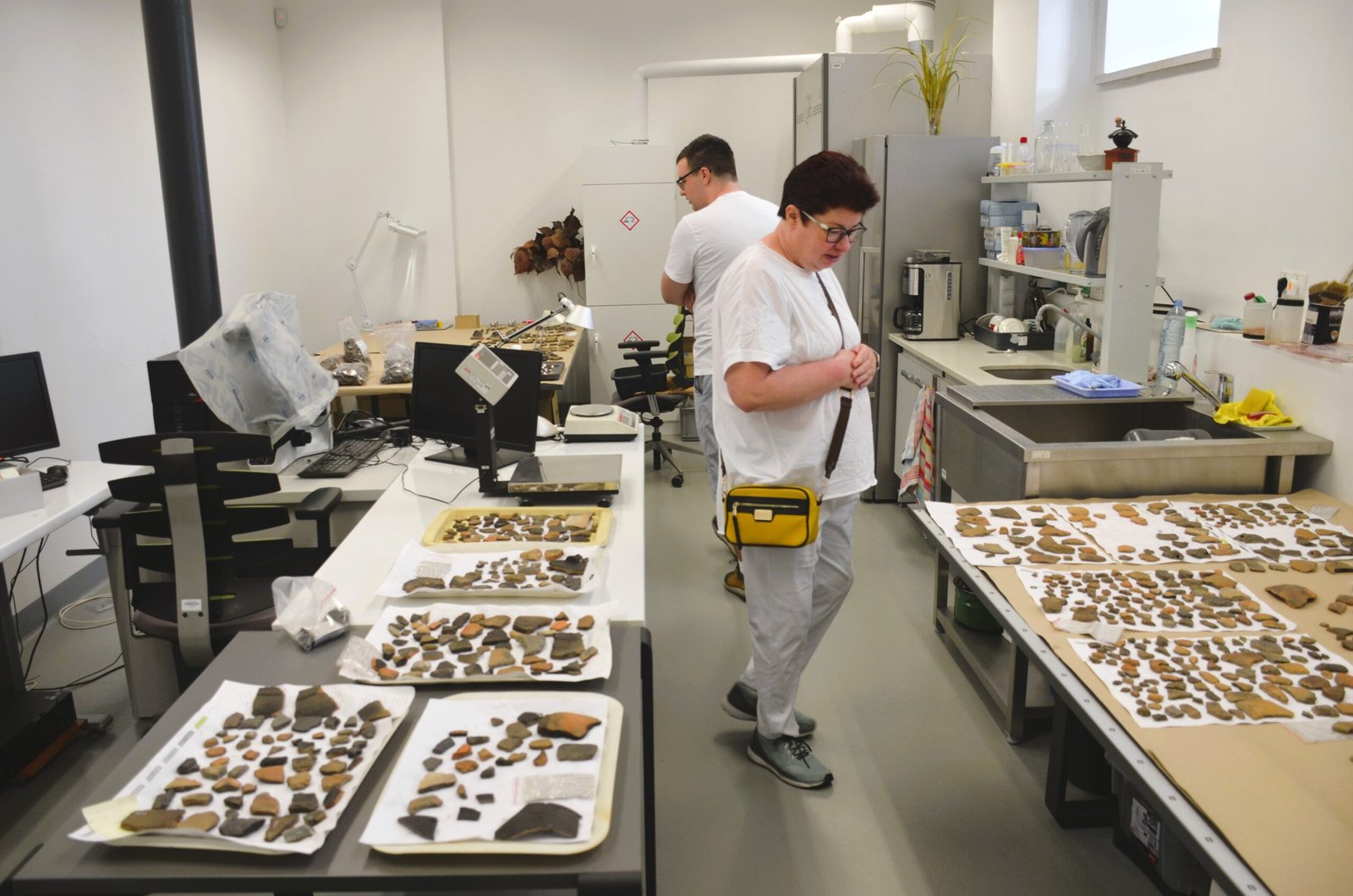
Modern science has revolutionized our understanding of Stonehenge’s animal remains. Techniques like isotopic analysis, radiocarbon dating, and DNA sequencing allow researchers to reconstruct ancient diets, migration routes, and kinship networks. These tools have uncovered surprising details, like the long-distance journeys of cattle or the intricate recipes used in prehistoric cooking. Science turns dusty bones into living stories, giving voice to people and animals lost to time. Each new discovery adds a piece to the puzzle, making Stonehenge one of the world’s most studied and beloved mysteries.
The Emotional Power of Ancient Feasts
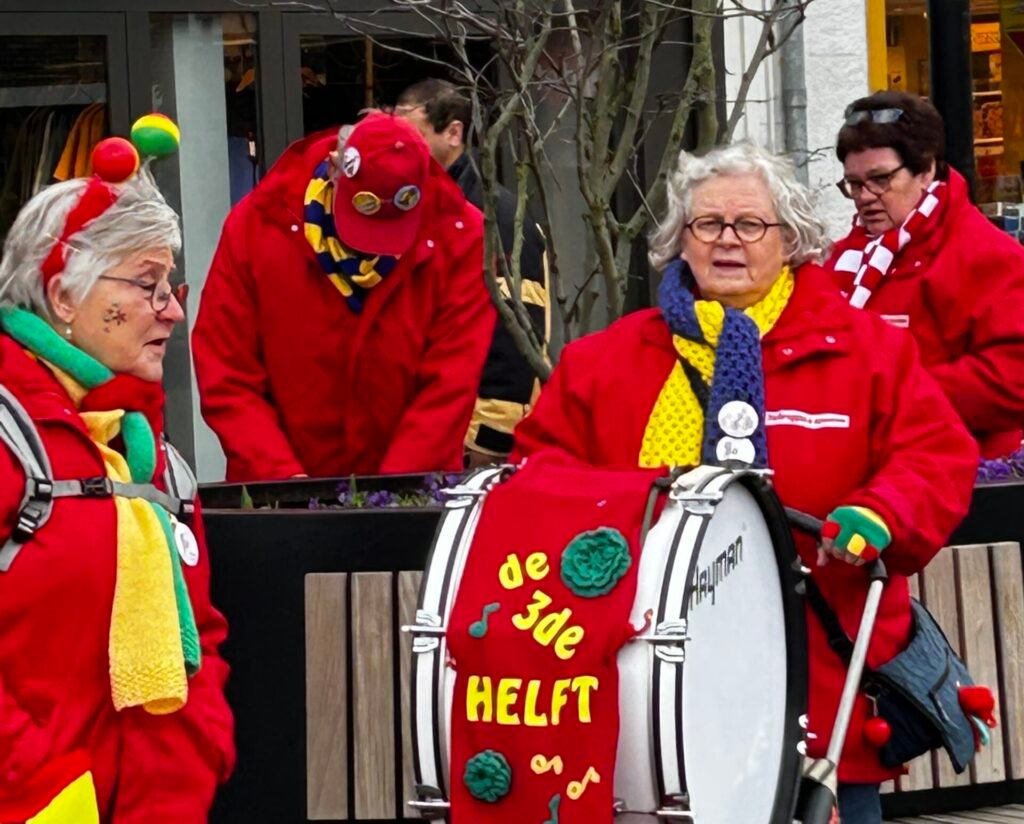
Standing in the presence of Stonehenge’s animal remains can be a deeply moving experience. It’s easy to imagine the laughter, music, and excitement of those ancient gatherings—the pride of a successful hunt, the warmth of a shared meal, the solemnity of a sacred offering. These emotions connect us across thousands of years, reminding us that, at heart, we are not so different from our ancestors. The bones beneath the stones are more than relics; they are echoes of love, hope, and community.
Lessons for the Present
What can we learn from Stonehenge’s animal remains today? Perhaps that coming together—sharing food, honoring tradition, and respecting the land—has always been at the heart of human life. The story of Stonehenge is one of creativity, cooperation, and connection, carried in every bone and shard. As we face our own challenges, we might find inspiration in the resilience and ingenuity of those who gathered here long ago. Their legacy lives on, inviting us to ask: what stories will our own remains tell, thousands of years from now?



